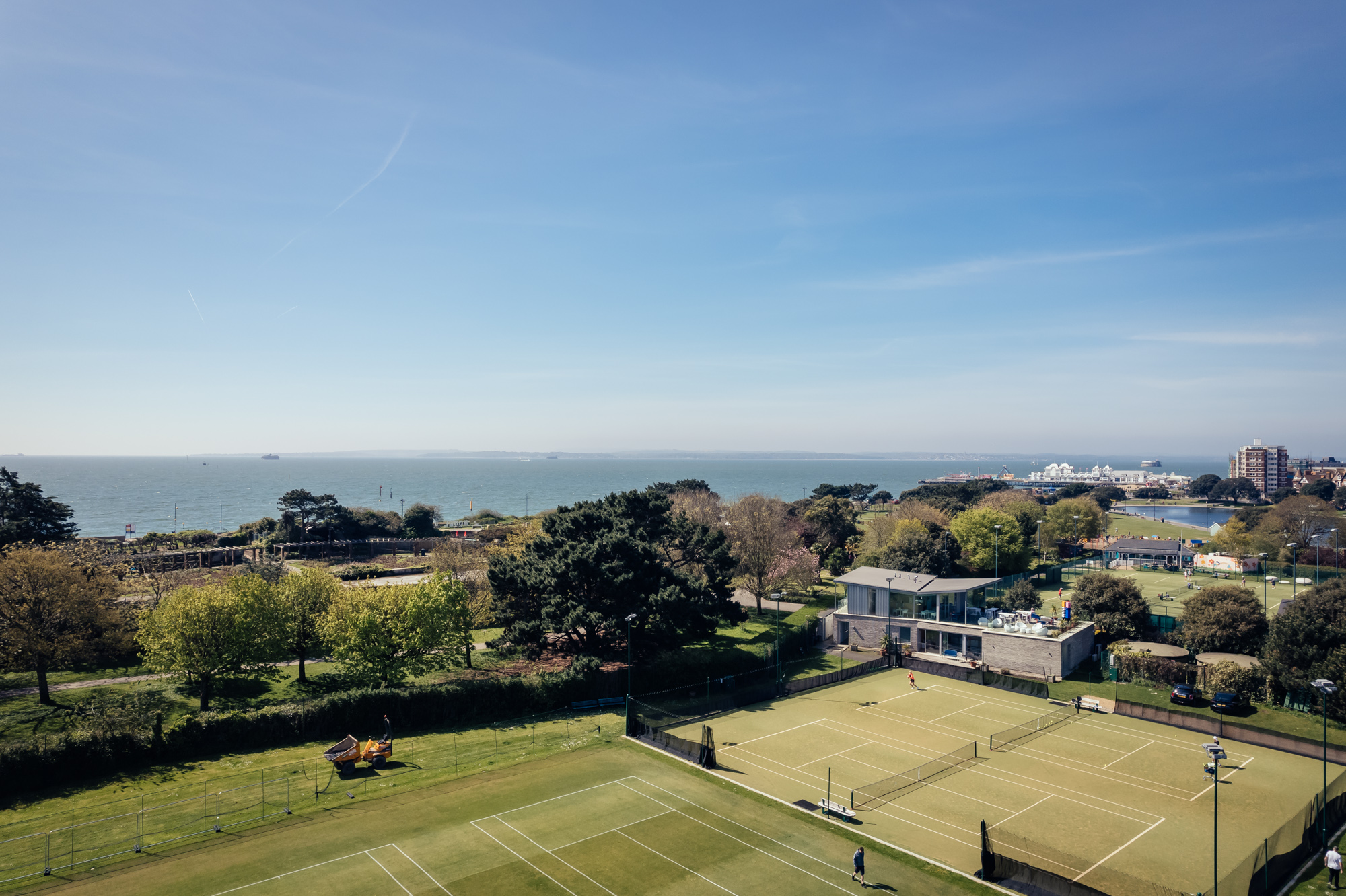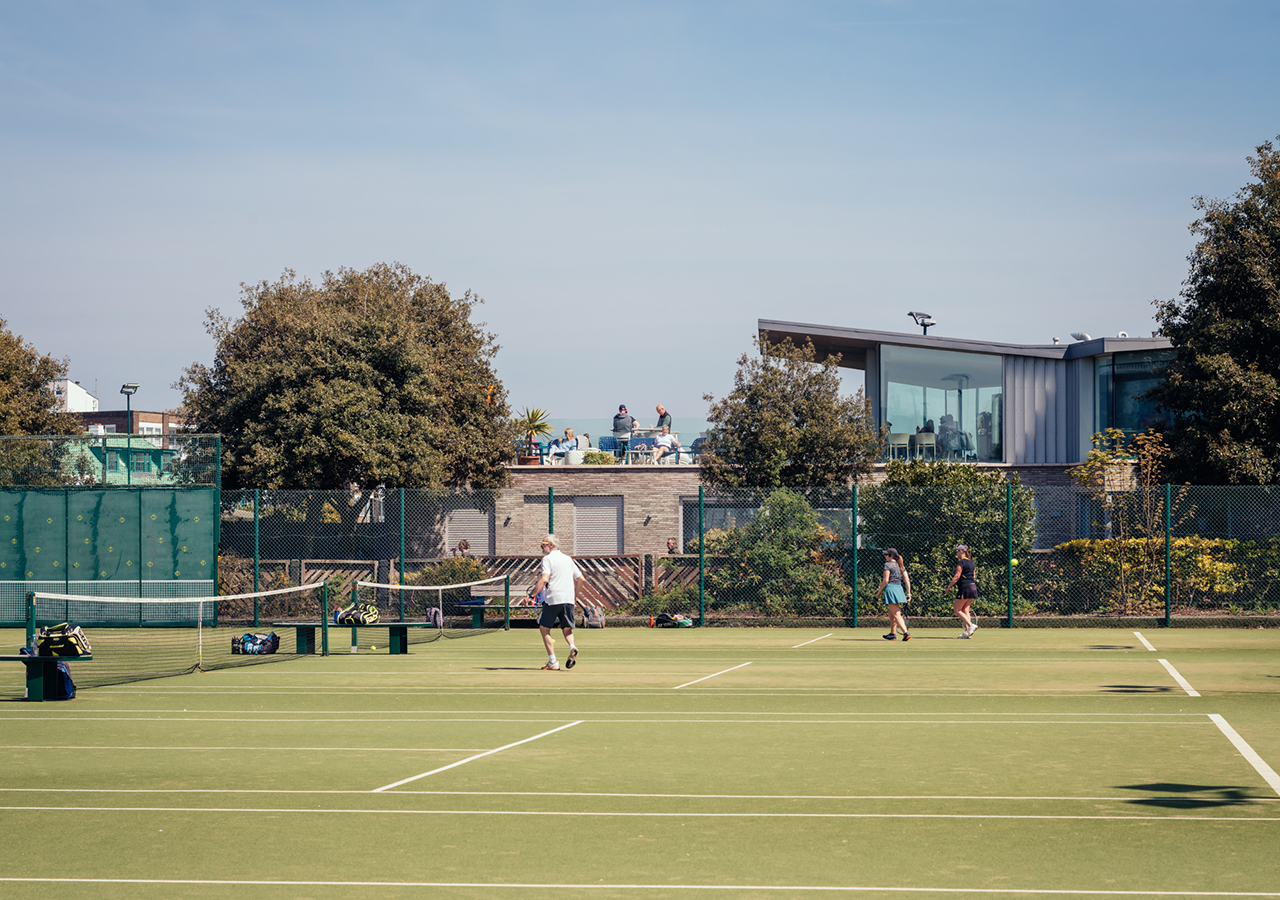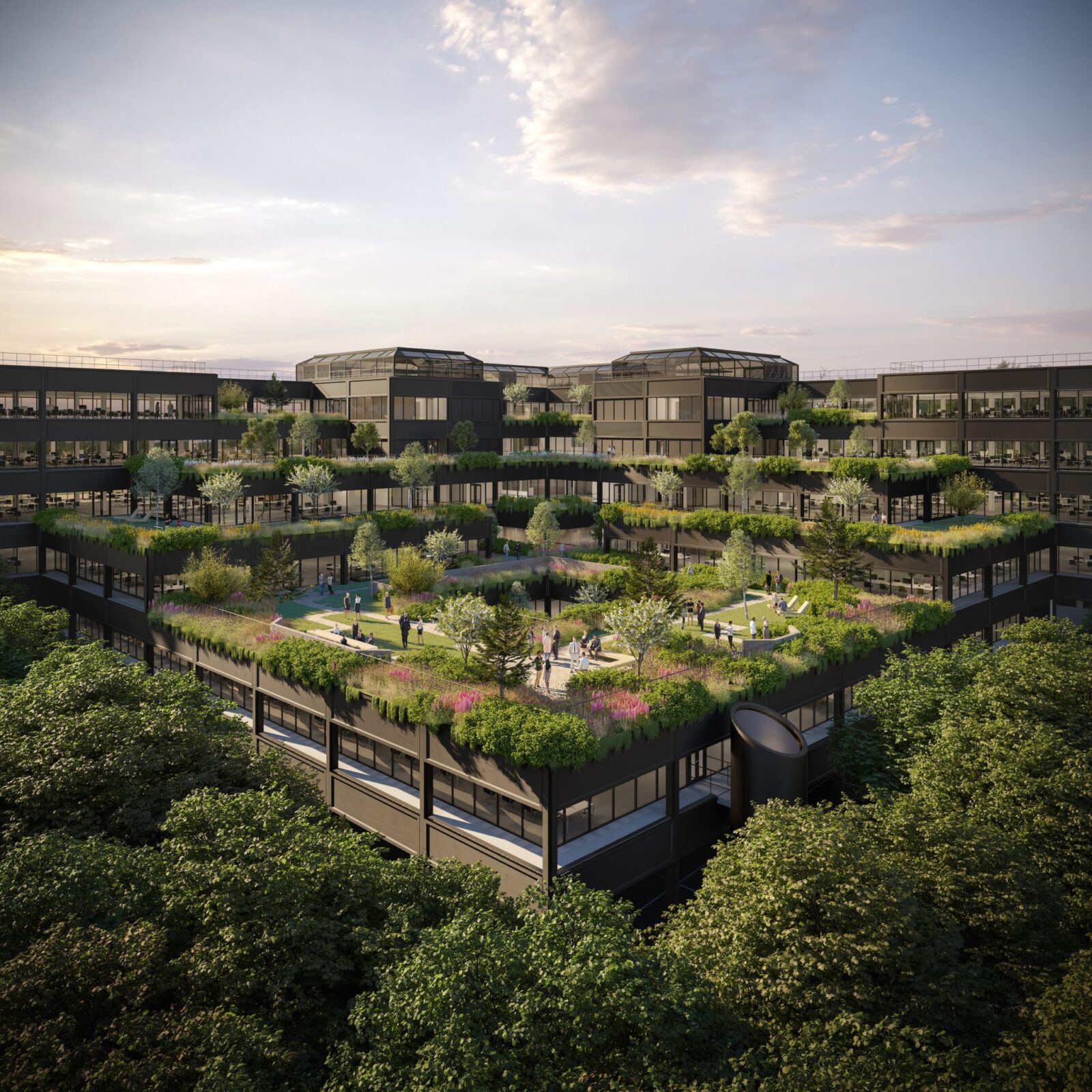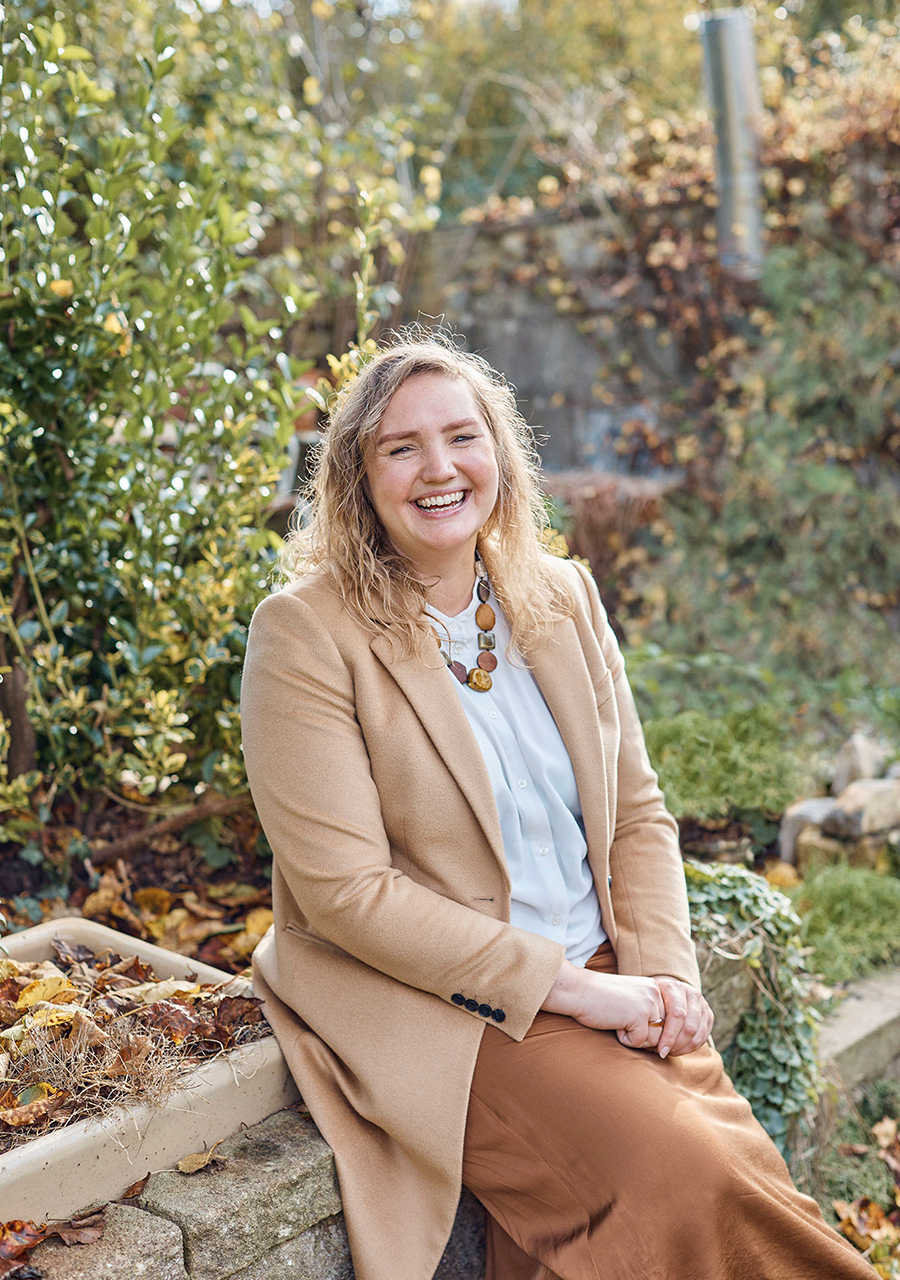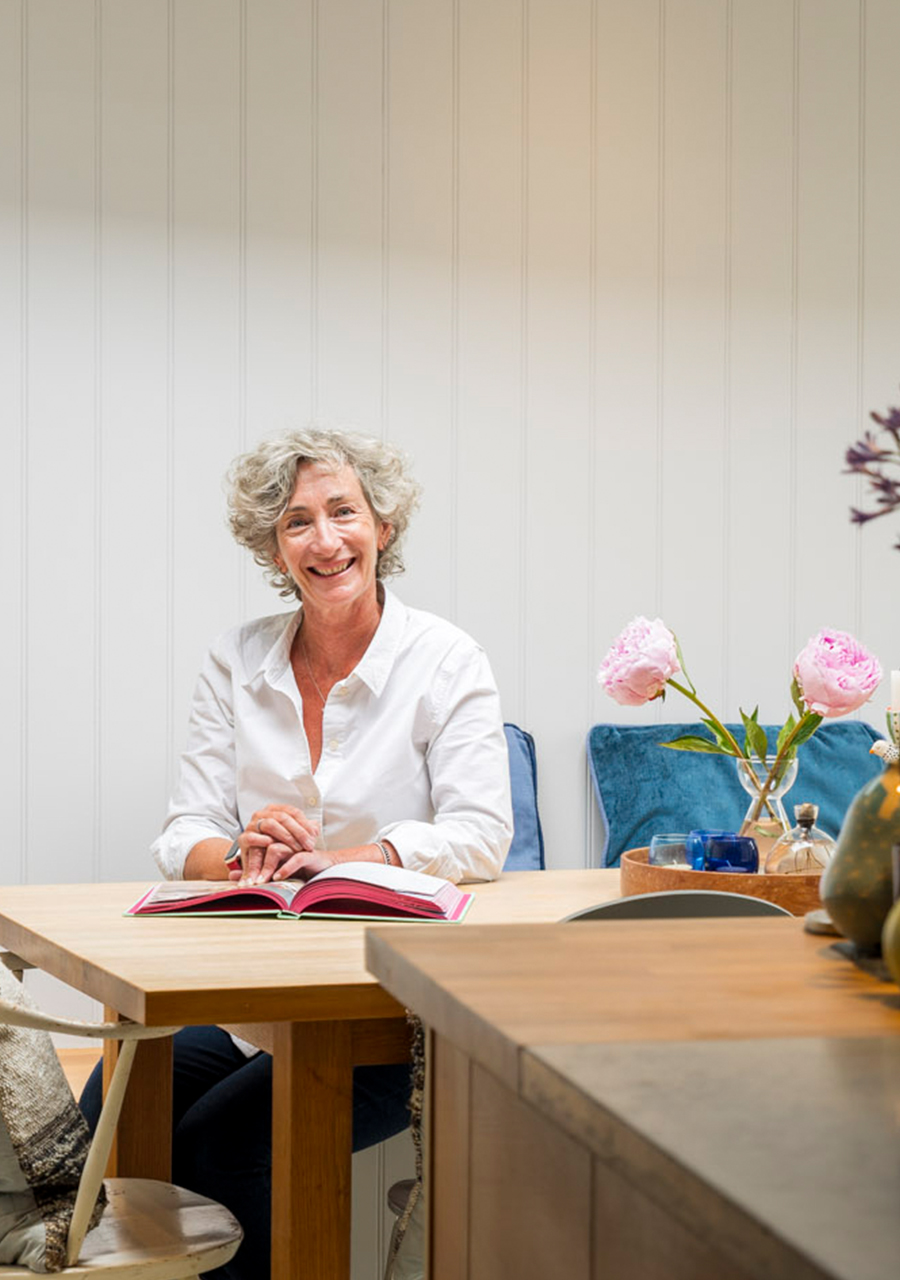Reflections; Resilience is Built Together
Wendy Perring of PAD Studio and Claire Stokoe of Studio Knight Stokoe have joined forces to share their thoughts on why resilient architecture needs resilient landscape architecture for Architecture Magazine
Thriving communities are crucial in ensuring a more promising future for the planet. This can only be achieved through a resilient and collaborative approach to architecture and landscape architecture. As placemakers our work must respond to the world’s current crises, not just in designing sustainably, but resiliently.
Ecosystems are complex and dynamic; they can bounce back from periodic disturbances or significant stressors. If we start thinking of our built environment along these same lines, a more resilient model emerges. A model that goes beyond sustainability: it is interdisciplinary, holistic, multi-layered, systems-based, and transformative. An approach where architecture is intrinsically linked with landscape architecture. This resilient model requires designers to become adaptive and consider ‘future shock’, creating places with a strong sense of identity that can flex and metamorphose into something new, to work in tandem with the natural world and support our communities’ ever-changing needs.
Resilient landscape architecture is complex; it’s partly about resistance, and designing for the worst-case scenario. Critically though, it is flexible, adaptable and ever-evolving. Elements are designed so that they can be mended, replaced, or retrofitted, with materials that are easily sourced. Planting and trees should be functional as well as beautiful; not just carbon-sequestering, pollution cleansing, food for pollinators and wildlife, but providing communities that ever important connection to nature.
A recent example of pairing resilient architecture and landscape architecture is Studio Knight Stokoe’s (SKS) project ‘Plant’ in Basingstoke (previously known as Mountbatten House). In a regeneration of this 1970’s office building, SKS has collaborated with a talented team of architects and contractors to retrofit and redevelop the site’s gardens. Updated planting across six levels of roof gardens is designed for succession; to evolve and build resilience to constrained growing conditions and increasingly challenging environmental conditions brought about by climate change. The revived landscape reuses and recycles many existing features, with a sensitive introduction of new elements to avoid pastiche. The original rainwater capture and storage system has been retained and retrofitted with a more efficient, low water-use irrigation system. Revitalising and embedding resilience across the site’s landscape is essential to create an environment suitable for the community to thrive into future generations.
Also set within a Grade-II listed park, PAD studio’s community sports pavilion for CourtX in Southsea replaced an asbestos-clad, traditional pavilion that was an environmental health hazard. Ten existing grass courts were painstakingly restored and the new building was conceived as a community pavilion which would facilitate wider community engagement. Completed in 2017, it remains firmly embedded within the local community and is now primarily a venue for a wide variety of art and community events. Charging only a nominal membership fee, it is accessible to all. The building was adapted previously to cater for the high demand for meeting space locally, however this reinterpretation provides a meeting place that successfully enhances community engagement.
